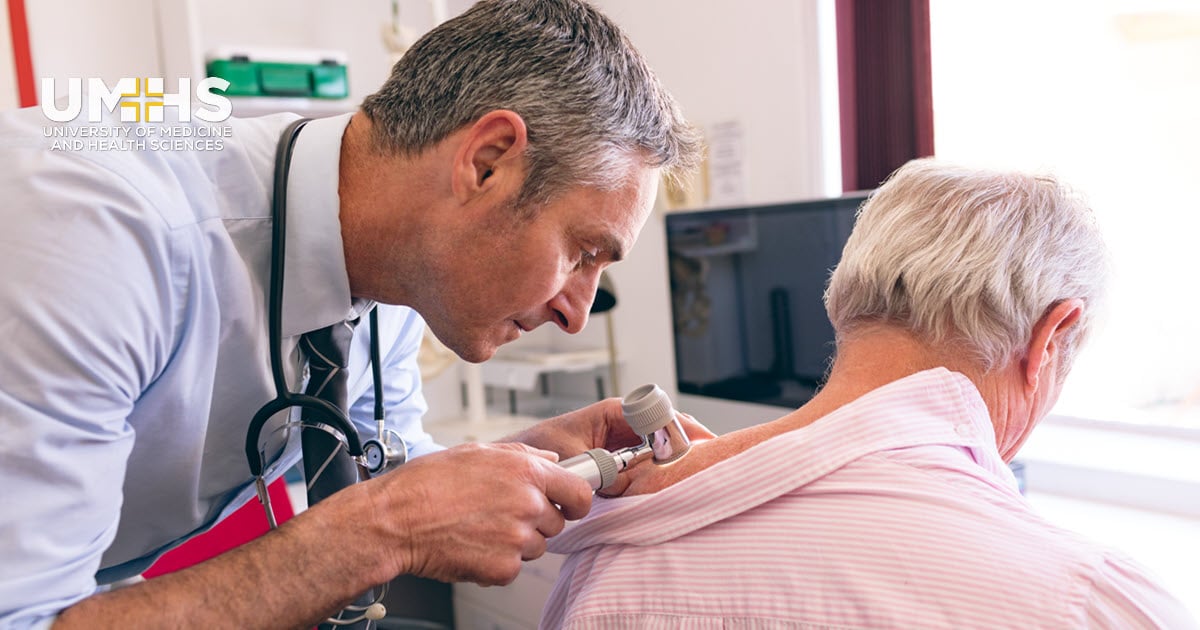Schedule an appointment for mohs surgery to remove skin cancer with minimal scarring.
Schedule an appointment for mohs surgery to remove skin cancer with minimal scarring.
Blog Article
Browsing Skin Cancer Treatment: The Vital Role of Mohs in Modern Dermatology Practices
Skin cancer cells, an overwhelming medical diagnosis, frequently leaves individuals grappling with countless therapy alternatives. As we explore the intricacies of this procedure, one will certainly value its critical role in skin cancer cells therapy.
Comprehending Skin Cancer Cells: Types and Risks
Skin cancer cells, a possibly serious ailment, is even more common than many individuals recognize. This disease, brought on by the unchecked growth of irregular skin cells, mostly arises from DNA damage because of direct exposure to the sun and ultraviolet (UV) light. There are 3 main kinds of skin cancer cells: Basic cell carcinoma, Squamous cell cancer, and Cancer malignancy. While the former two are less deadly and comprise the bulk of detected instances, melanoma is one of the most harmful. It accounts for only about 1% of skin cancer cells situations yet creates the substantial bulk of skin cancer cells fatalities - mohs surgery. Risk aspects include fair skin, history of sunburn, excessive sun exposure, living at high elevations or near to the equator, having lots of moles, a family members history of skin cancer, and deteriorated immune system.
What Is Mohs Surgery and How It's Transforming Skin Cancer Treatment
Despite the countless treatments presently offered for skin cancer cells, Mohs surgical treatment stands apart as a groundbreaking and extremely effective solution. Named after Frederic E. Mohs, the medical professional who created the procedure, Mohs surgical treatment is an exact surgical technique utilized to deal with skin cancer. Throughout the treatment, slim layers of cancer-containing skin are considerably removed and examined till just cancer-free tissue remains. This method enables the doctor to validate that all cancer cells have been eliminated at the time of surgical treatment. This degree of precision, integrated with the capacity to save as much healthy and balanced cells as possible, is reinventing skin cancer cells treatment. click here for info Consequently, Mohs surgical procedure has actually come to be a cornerstone of modern dermatology techniques.
The Benefits of Mohs Surgery Over Standard Skin Cancer Cells Treatments
Structure on the innovative nature of Mohs surgical treatment, it's vital to consider its numerous benefits over conventional skin cancer cells therapies. Unlike guidelines, Mohs offers a greater treatment rate, commonly getting to 99% for new treatments and 94% for persistent cancers. This precision is because of its unique approach of gradually eliminating and checking out cells layers until only cancer-free cells continue to be (skin cancer). Additionally, it lessens damage to healthy and balanced skin, causing much less scarring and improved aesthetic outcomes. Mohs likewise gives prompt outcomes, eliminating the anxiety-ridden delay usual with various other methods. Finally, it's economical, as the surgical treatment and tiny exam occur concurrently, removing the requirement for additional lab solutions. Hence, Mohs represents a significant advancement in dermatological techniques.
The Treatment of Mohs Surgery: What to Expect During the Process

Prospective Adverse Effects and Post-Operative Treatment of Mohs Surgery
Undergoing Mohs surgery, like any look these up other surgical treatment, entails potential side effects that patients need to recognize. Typical side results consist of pain, wounding, and swelling at the surgical treatment website. These are typically short-lived and workable with over the counter discomfort medicine and ice packs. In uncommon instances, clients might experience infection, bleeding, or an allergic response to the anesthetic. Post-operative care is important to healing and decreasing side effects. This normally entails keeping the wound clean and dry, taking recommended drugs, and staying clear of strenuous tasks. Individuals need to likewise attend visit all follow-up consultations for wound care and monitoring. In some cases, additional therapies may be required to make sure full removal of the malignant cells. Abiding by these post-operative treatment guidelines can greatly boost healing and end results.
Conclusion

Report this page